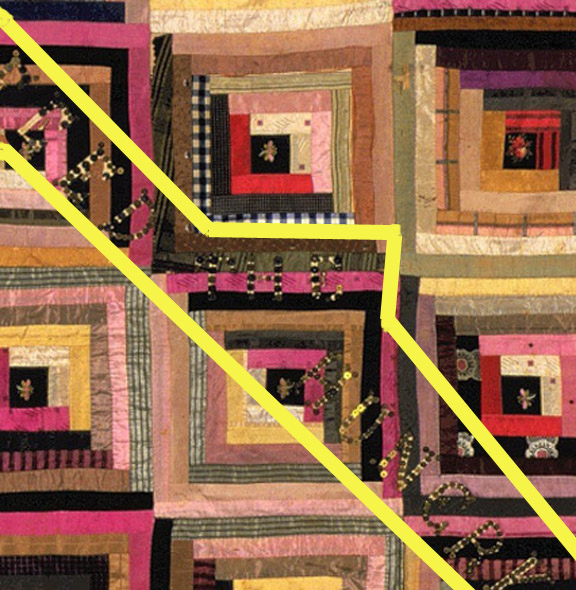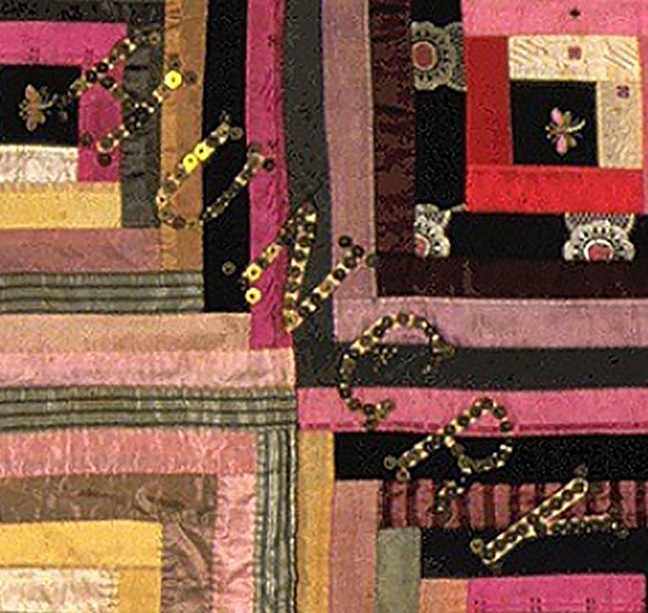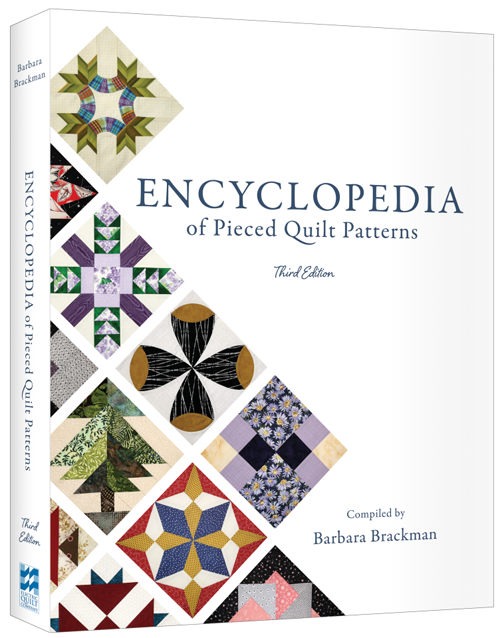Warehouse Closed On July 4th
Log Cabin Day
Log Cabin Day
There is a holiday for everything, so when we saw a LOG CABIN day, we had to jump in to celebrate. While the holiday is about Log Cabin structures, what else goes better with cabins than log cabin quilts. We have invited Barbara Brackman, noted historian and quilter, to share a few stories about the oldest log cabin quilt, a log cabin fundraiser, and more. Visit Moda's Instagram for a "reel log cabin."
A Little Log Cabin History

Log Cabin pieced over a foundation fabric using strips of mixed-fiber dress fabrics. Date: 1870-1890.
Civil War memories from a 1929 magazine cover
Log Cabin quilts are often associated with Civil War memories, particularly wartime President Abraham Lincoln’s childhood home. References to the pattern date back to the early 1860s during the war when quilts in the log design were used as Union fundraisers for hospitals and soldiers’ charities.

1864: Pittsburgh, Pennsylvania, aid for hospitalized Union soldiers

The first Log Cabins are often pieced of wool/silk/cotton combination fabrics.
The earliest date-inscribed quilt in the design I’ve found so far has the embroidered date 1874, in the collection of the National Museum of American History at the Smithsonian.
Museums near my home own two quilts with heart-felt Civil War associations.

Log Cabin quilt with embroidered genealogical information
1877, Kansas Museum of History

Nancy, born in Kentucky, alternated Log Cabin blocks with embroidery and family history. Son Jacob Wright was a Tennessee soldier who survived the war: “He is a live [18]77.”
![]()

Son Lycurgus Wright was not so fortunate. He joined an Illinois cavalry regiment and was killed two months before the war’s end. “Oh this war.”

Silk log cabin quilt associated with a Lexington, Missouri,
Methodist-Episcopal Church and Caroline Malvina Smith Godbey (1837-1911).
Collection of the Missouri History Museum
In the blocks’ center squares: Butterflies cut from a dress of Caroline’s. The quilt probably dates to 1880-1900.

It's hard to see, but letters stitched in sequins on the diagonal across the blocks read:
"Feed the Hungry," a plea associated with the poverty in war-ravaged Missouri. It’s thought the quilt was used to raise money for charity.

Both Log Cabin tales are described in more detail on my CivilWarQuilts blog. Both reveal the melancholy in the almost secret lives of nineteenth-century women, one reason I think it essential to go into the backstory on their quilts.
https://civilwarquilts.blogspot.com/
Nancy Wright’s story:
https://civilwarquilts.blogspot.com/2015/09/nancy-wrights-family-record-quilt-at.html
Caroline Godbey’s story:
https://civilwarquilts.blogspot.com/2017/07/feed-hungry-quilt.html
Barbara Brackman is a quilt historian specializing in quilts linked to the Civil War. She writes two blogs: Civil War Quilts and Material Culture.
https://civilwarquilts.blogspot.com/
https://barbarabrackman.blogspot.com/
Her most recent book is the third edition of her Encyclopedia of Pieced Quilt Patterns.
When some of the Moda designers heard that we were building a log cabin holiday, they decided to jump in, so be sure and check out what they have built on Moda's Instagram.
Here is a sneak peek of what you will find!

Shown above- row 1
Row 2
Row 3
Row 4
And as with everything, we never celebrate for just one day. Be on the lookout for more Log Cabin features throughout the week.



Comments